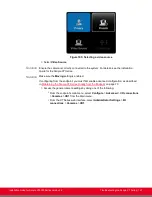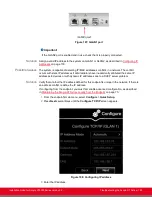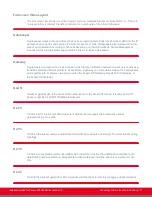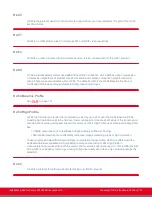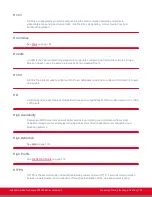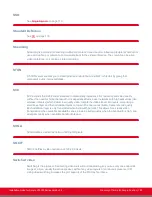
MCU
An MCU, or Multipoint Control Unit, connects multiple endpoints into a single videoconference. It
typically manages the audio mixing and video layouts, adjusting the output to suit each endpoint's
capabilities.
MCU service
Meeting Type
Meeting types (also known as MCU services) are meeting templates which determine the core
characteristics of a meeting. For example, they determine if the meeting is audio only or audio and
video, they determine the default video layout, the type of encryption, PIN protection and many other
features. Meeting types are created in the MCU. You can invoke a meeting type by dialing its prefix in
front of the meeting ID.
Moderator
A moderator is a participant with special rights in a videoconference, including muting the sound and
video of other participants, inviting new participants, disconnecting participants, defining a meeting PIN
to restrict access, determining video layouts, and closing meetings. In Scopia Desktop Client, an owner
of a virtual room is the moderator when the room is protected by a PIN. Without this protection, any
participant can assume moderator rights.
MTU
The MTU, or Maximum Transmission Unit, is the maximum size of data packets sent around your
network. This value must remain consistent for all network components, including servers like the MCU
and Scopia Desktop Server, endpoints like XT Series and other network devices like LDAP servers and
network routers.
Multi-Point
A multi-point conference has more than two participants.
Multi-tenant
Service provider, or multi-tenant, deployments enable one installation to manage multiple organizations.
All the organizations can reside as tenants within a single service provider deployment. For example,
Scopia Management can manage a separate set of users for each organization, separate local
administrators, separate bandwidth policies etc. all within a single multi-tenant installation.
Installation Guide for Scopia XT5000 Series Version 3.2
Glossary of Terms for Scopia Solution | 175

